
Development of Post Towns in the Edo Period
Until the 17th century, Kisoji had been developed as an important road connecting Shinano (current Nagano), Kyoto and Ise. In the Edo Period, the Nakasendo was arranged as one of the five main highways (Gokaido) and the 11 post towns in Kiso developed. The scenery of the Kiso Valley, including Nezamenotoko Gorge, Kisonokakehashi Cliff Bridge, Mt. Ontake viewed from Toriitoge Pass, attracted many haiku poets and Ukiyo-e painters, and became famous nationwide through poetry and block prints.
The post towns hosted travelers and bustled as hubs for the production, sale, and transportation of both Kisouma (Kiso horses) and local products, such as the woodcrafts that led the economy of the Kiso Valley.
| | 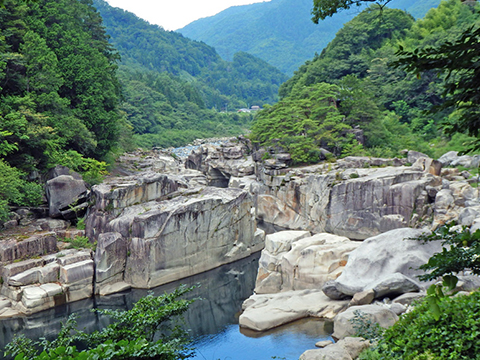 Nezamenotoko Gorge (Agematsu Town)
|
|
Narai-juku
The post town had taverns and teahouses for travelers and was allowed to monopolize the general traffic. This was in return for undertaking transportation and communication duties for those traveling officially on behalf of the shogunate as well as for sankin-kotai (periodic alternation in residences of feudal lords). These duties included always having horses and riders ready.
In the mid-Edo Period, the post town was referred to as “Narai of a thousand houses”, stretching 1 km to the north and south, with more than 2,000 workers. That was because the post town had a residential area for craftsmen and was allotted 1,500 horse-loads (one horse-load is approx. 135 kg) of gomenshiraki wood out of the 6,000 loads available to the people of the Kiso Valley. The wood was made into cypress items, lacquerware, and painted combs, and the post town became famous for the products.
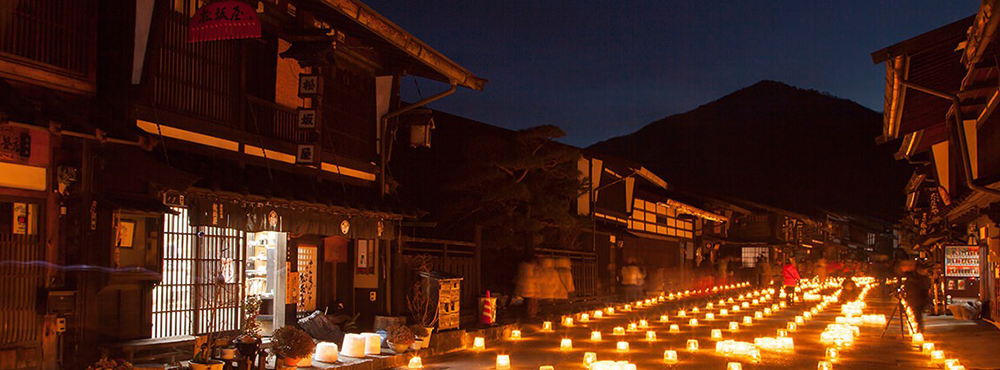 Narai-juku Ice Candle Festival held in early February every year in Shiojiri City
|
Tsumago-juku
The post town was formed at the foot of the Tsumago Castle built in the 16th century by Yoshimasa Kiso, a descendant of Yoshinaka Kiso. The mountain castle functioned as a strategic stop in the southern part of the Kiso Valley In the mid-Edo Period, the post town was the smallest of the 11 post towns in Kiso, stretching 250 m to the north and south, with a population of more than 400. That was because the town had 31 taverns and many workers were engaged in local industries.
In the early Edo Period, Tsumago-juku was famous for woodcrafts, with a residential area for kijishi craftsmen. When the forest preservation policy was enforced in the mid-Edo Period, a village headman made a petition for gomenshiraki wood to use for cypress items and promoted rain hat production. Araragi Hinokigasa (cypress hat) was produced manually by farming women and used for a variety of purposes in all weather, such as travel, farm work, tea picking, boat rides, fishery work, forestry work, and earth work. The product became popular nationwide via Kisoji.
| | 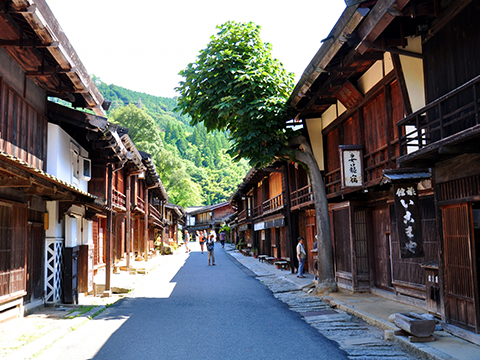 Townscape of Tsumago-juku (Nagiso Town)
|
|
Worship of Mt. Ontake
As the roads were improved in the mid-Edo Period, Mt. Ontake climbing was actively pursued, and many worshipers of Mt. Ontake came from all over the country. Tens of thousands of reijin’hi monuments found along the trails tell us of the number of worshipers.
Exchange and trade in the Kiso Valley was further promoted by the people coming to Mt. Ontake via Kisoji. Soba was a portable food for holy men of Mt. Ontake from the 14th century, and later became a local specialty of Kaida Highlands. Worshipers came to Mt. Ontake and made soba, Hyakuso (herbal medicines), and other local specialties in the Kiso Valley known nationwide via post towns and Kisoji.
| | 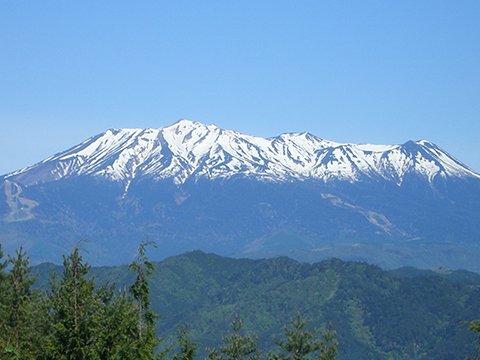 Holy Mt. Ontake (viewed from Kiso Town)
|
|
Forest Railway
In modern times, trains fully loaded with Kiso-hinoki cypress ran at the foothills of Mt. Ontake. That made the cypress once again synonymous with Kiso. And the local industries, promoted by farmers, craftsmen, and post town workers in the Kiso Valley, came to produce Kisouma and traditional crafts.
|
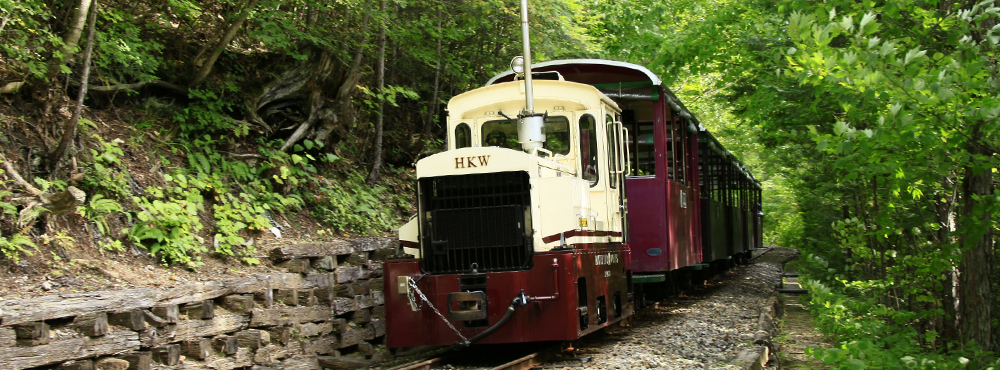 Akasawa Natural Recreational Forest (Agematsu Town)
|
The Entire Kisoji is in the Mountains
This is the beginning of the novel “Before the Dawn” by Toson Shimazaki.
The lifestyle of the people of the Kiso Valley, summarized by “preserving the mountains, living alongside the mountains,” has been cultivated by the mountains and Kisoji.
That lifestyle has led to preserving the forest, road, and post towns and to handing traditional crafts on to the next generation. Even now, the lifestyle still lives on in the people of the region.
|
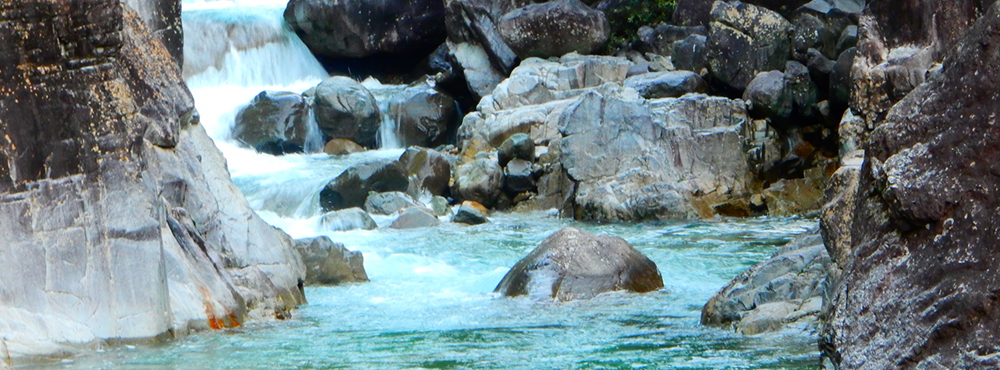 Aterakeikoku Ravine (Okuwa Village)
|
|
|
|










